Joining a 200 Hour Yoga Teacher Training (YTT) in Rishikesh is more than just taking a yoga course—it's a journey of self-growth and inner transformation. Set against the peaceful backdrop of the Himalayas and the sacred Ganges River, Rishikesh is a spiritual town that attracts yoga seekers from all over the world. This practice helps you to connect more strongly with your body, mind, and breath. But what is a typical day like at a 200 hour YTT in Rishikesh?
In this blog, we'll take you through a day in the life during a 200 hour YTT in rishikesh — from dawn practice to night meditation. If you're considering enrolling for a course or are simply wondering what it's like, this guide will provide you with a transparent glimpse into what it's actually like to live like a yogi in Rishikesh.
Early Morning – Awakening the Body and Mind
5:30 AM – Wake Up Call
The day begins before sunrise. The peace and calmness of dawn, plus the melodious rumbling of the Ganges, prepare the student perfectly for quiet reflection and wakefulness. Participants are very calmly and lovingly stirred about 5:30 AM in order to kickstart the day anchored to attention and will power.
6:00 AM – Morning Yoga Routine
The morning class is held in the yoga shala, which is generally a serene, open-air studio with Himalayan views. Practice in the mornings often starts with pranayama (breathing exercises) to awaken the centers of energy, then a dynamic asana class. This 90-minute session is designed to build strength, flexibility, and endurance. The sequence may involve Surya Namaskar (Sun Salutations), standing postures, balance work, and inversions, based on the trainee's level.
Morning yoga not only gets the body moving but develops presence, clarity, and concentration—things that any aspiring yoga teacher needs.
7:30 AM – Meditation and Mantra Chanting
After the asana practice, students engage in group meditation and mantra chanting. These sessions help the students internalize and reach their inner selves, relax, and prepare their minds for meditation. Group energy while chanting generates the deepest spiritual environment, which is only found in schools in Rishikesh.
Nourishment and Connection
8:00 AM – Satvik Breakfast
After morning practice, students move to the dining hall for Satvik breakfast, which is wholesome. The regular diet includes fresh fruit, herbal tea, porridge, idlis, upma, and other plain vegetarian Indian food. Rishikesh yoga schools stress hygienic plant-based diets, which facilitate detoxification and clear the body and mind.
Breakfast also becomes a time for bonding, where students from different cultures share stories and insights over simple, wholesome food.
Academic Sessions – The Heart of YTT Learning
9:00 AM – Yoga Philosophy and Anatomy
Post breakfast, the day shifts into a more intellectual mode with theory classes. The initial half of the academic block usually consists of Yoga Philosophy, which includes studying ancient texts such as the Yoga Sutras of Patanjali, Bhagavad Gita, and the Hatha Yoga Pradipika. These classes provide a deeper insight into yoga beyond its physical postures.
As per philosophy, the trainees move on to anatomy and physiology and study the skeletal system, muscles, joints, and the impact of yoga on the human body. The scientific method ensures that the trainees know safe alignment and the biomechanics of yoga.
12:00 PM – Teaching Methodology and Practicum
This is where yoga teachers are created. In the teaching styles class, the students learn class sequencing, cueing, hands-on adjustments, and how to build inclusive yoga classes. They're also encouraged to teach mini-sessions to small groups and get feedback from seasoned teachers.
After completion of the 200 Hour YTT, all trainees attain the confidence and ability to facilitate a complete yoga class with understanding and awareness.
Midday Rest and Lunch
1:00 PM – Lunch Break
Lunch is yet another well-balanced, plant-based meal filled with grains, legumes, locally available vegetables, and spices common to Indian food. Food is prepared taking care to harmonize with Ayurvedic concepts and keeping digestion and energy in harmony.
2:00 PM – Break Time
After lunch, students get a break to relax, introspect, journal, or walk the bustling streets of Rishikesh. Whether one is enjoying chai at a café, exploring the ashrams on the banks of the Ganga, or merely meditating along the river, this is time to assimilate the day's learning.
Afternoon Sessions – Integration through Practice
3:00 PM – Alignment and Adjustment Class
Students are back in the afternoon for alignment classes, where they are rehearsing the exact breakdown of the fundamental postures. This hands-on session also instructs trainees on how to perform safe entry, proper posture, and misalignments. That's where they study modifications for injured or limited students—a very important skill for any yoga instructor.
4:30 PM – Teaching Practice
In small groups, trainees take turns teaching each other under the watchful guidance of senior instructors. This supervised teaching experience is the core of the 200 Hour YTT, transforming students from practitioners to confident guides. Supportive and constructive feedback sessions enable students to hone their skills.
Evening Practice – Unwinding and Reflecting
5:30 PM – Restorative Yoga and Meditation
Evening classes are designed to refresh and rejuvenate. Typical practices are Yin Yoga, gentle stretching, Yoga Nidra, or deep guided meditation. Following a busy day of activity and study, this session relaxes the nervous system and readies students for restful sleep.
7:00 PM – Dinner
Dinner is light yet fulfilling, maintaining the yogic principle of eating early and avoiding heavy food at night. Students cluster together and share their day, trade information, and emotionally and spiritually support each other as they experience the rigorous training process.
Night Routine – Quiet and Self-Study
8:00 PM – Silence and Self-Study
Evenings are generally peaceful, encouraging self-study, journaling, or reading. Students can spend this time preparing for the next day's teaching practice, practicing theory lessons, or thinking about their own development. Many yoga schools have an evening period of silence (mauna) to deepen inner reflection and awareness.
10:00 PM – Lights Out
By 10:00 PM, it's lights out. The body must rest in order to consolidate the intense physical and emotional experiences of the day. Deep sleep guarantees that students wake up refreshed and ready for another life-changing day.
Final Thoughts
A typical day throughout a 200 Hour YTT in Rishikesh is a mix of structure, spirituality, and self-evolution. The process isn't easy, though—it takes commitment, discipline, and being open to cracking personal limits. But it yields a profound level of fulfillment and change.
From dawn till dusk, each moment is crafted to align the body, mind, and soul. Beyond acquiring the skills to teach yoga, students develop a way of life based on balance, awareness, and understanding. If you aspire to become a certified yoga teacher or simply want to take your own practice deeper, Rishikesh is the ideal place to take this holy journey.
If you’re considering enrolling in a 200 Hour YTT in Rishikesh, be prepared for more than just a course—it’s a doorway to a new way of living.









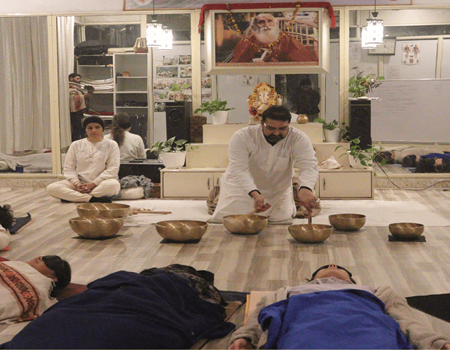

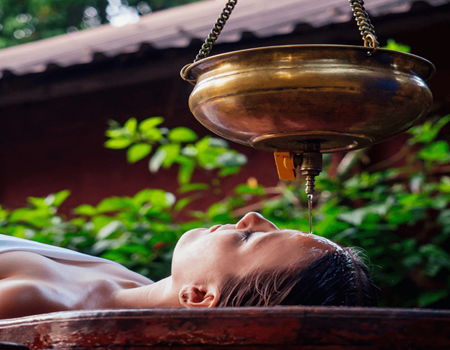
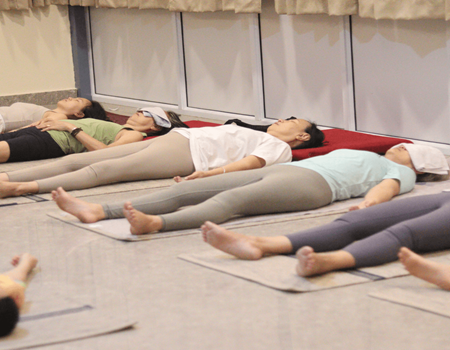
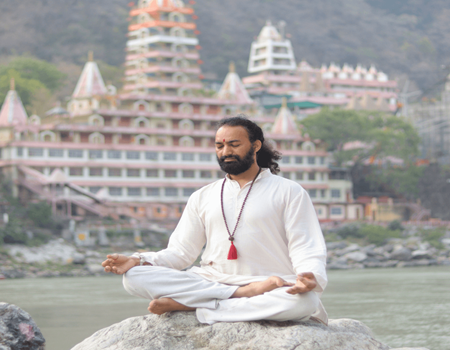
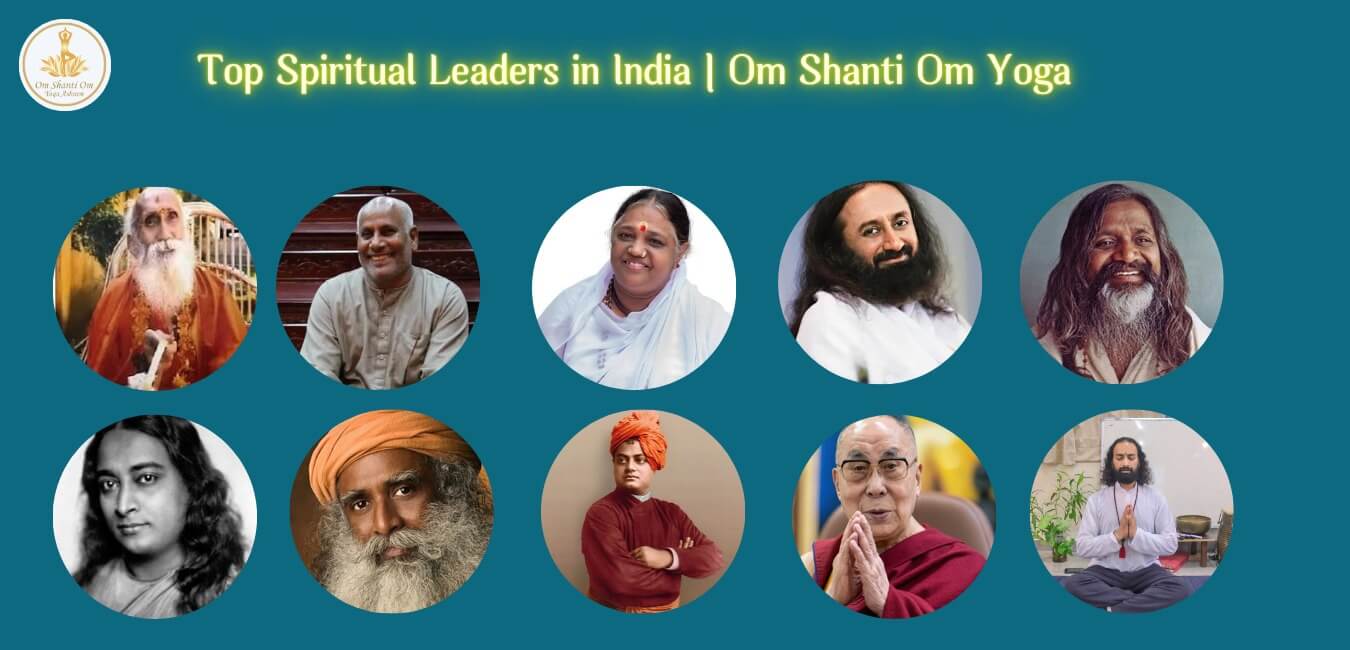
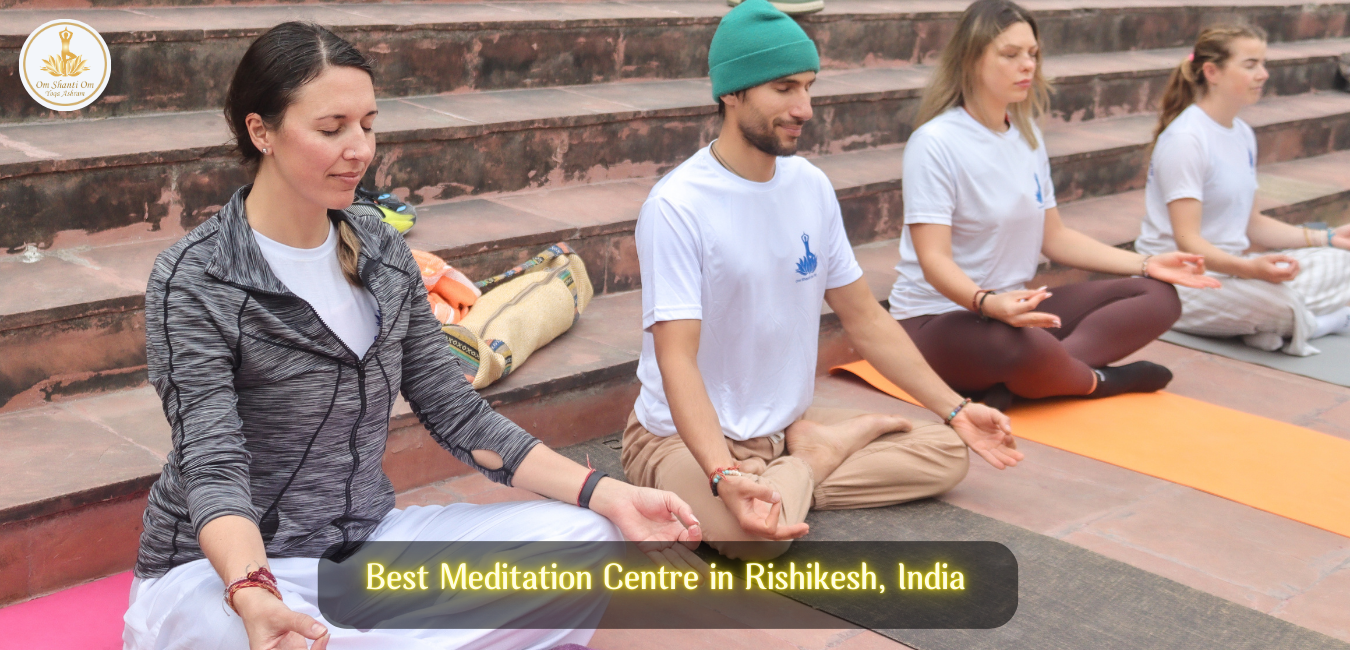

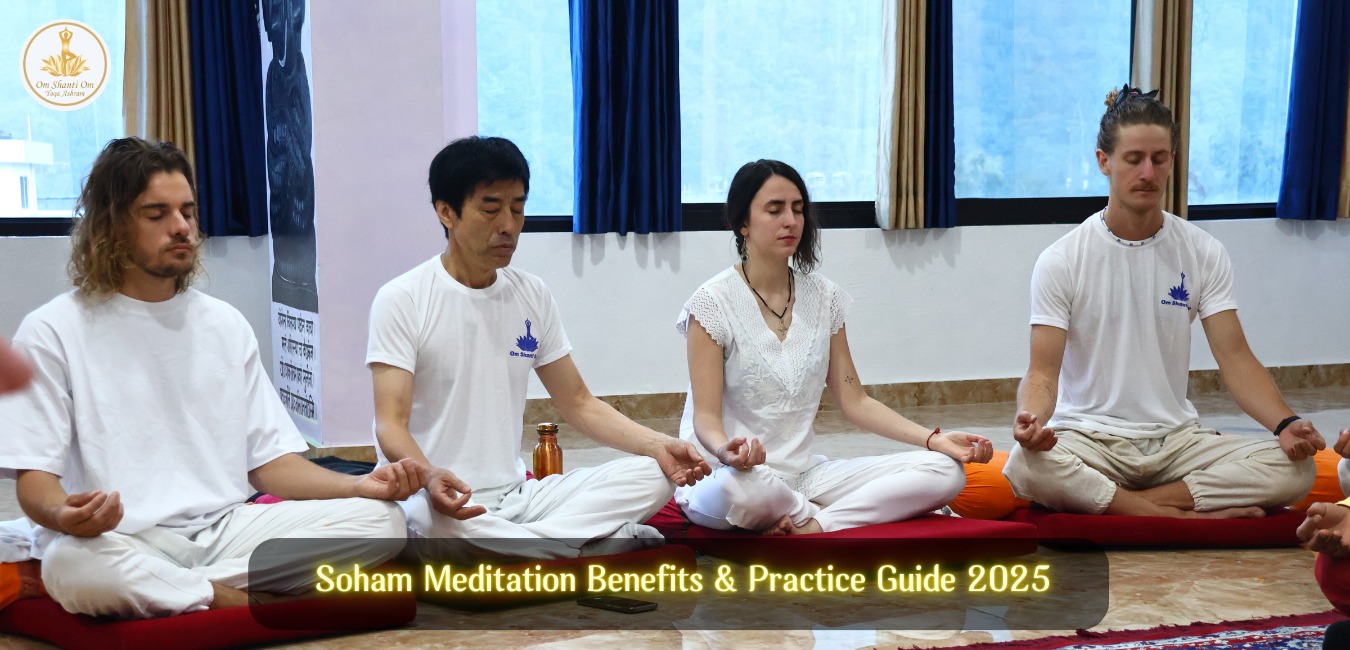

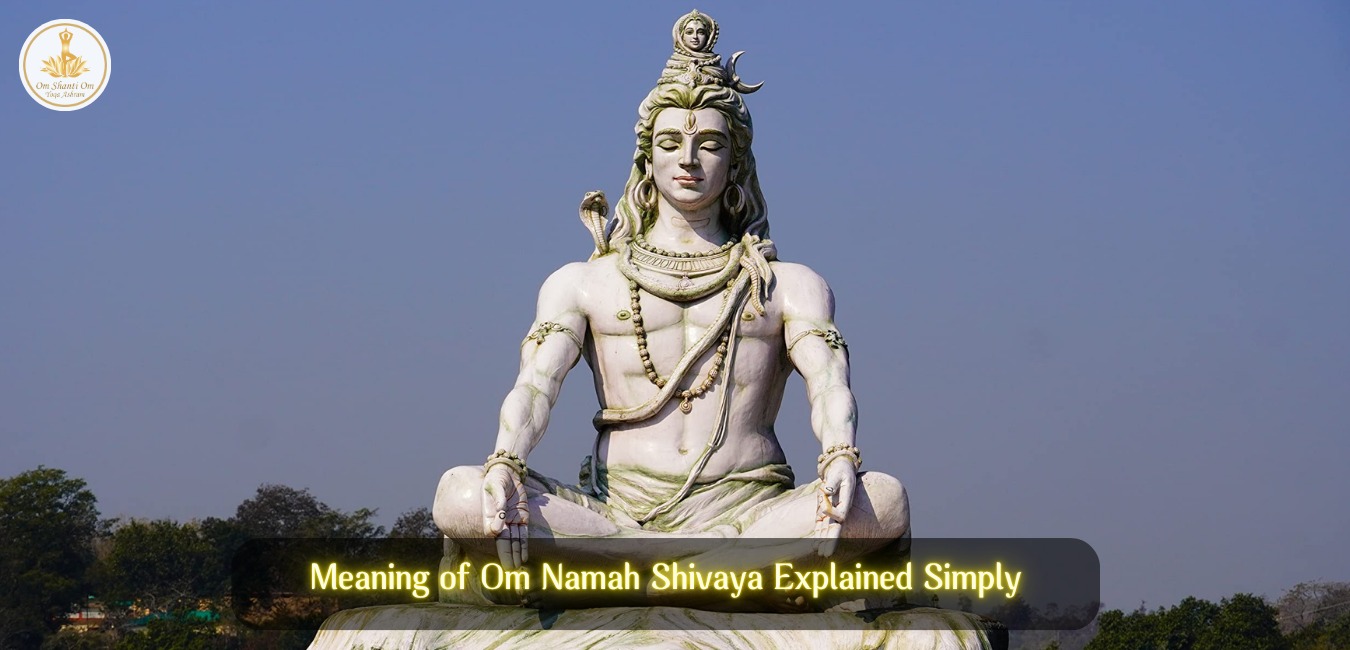

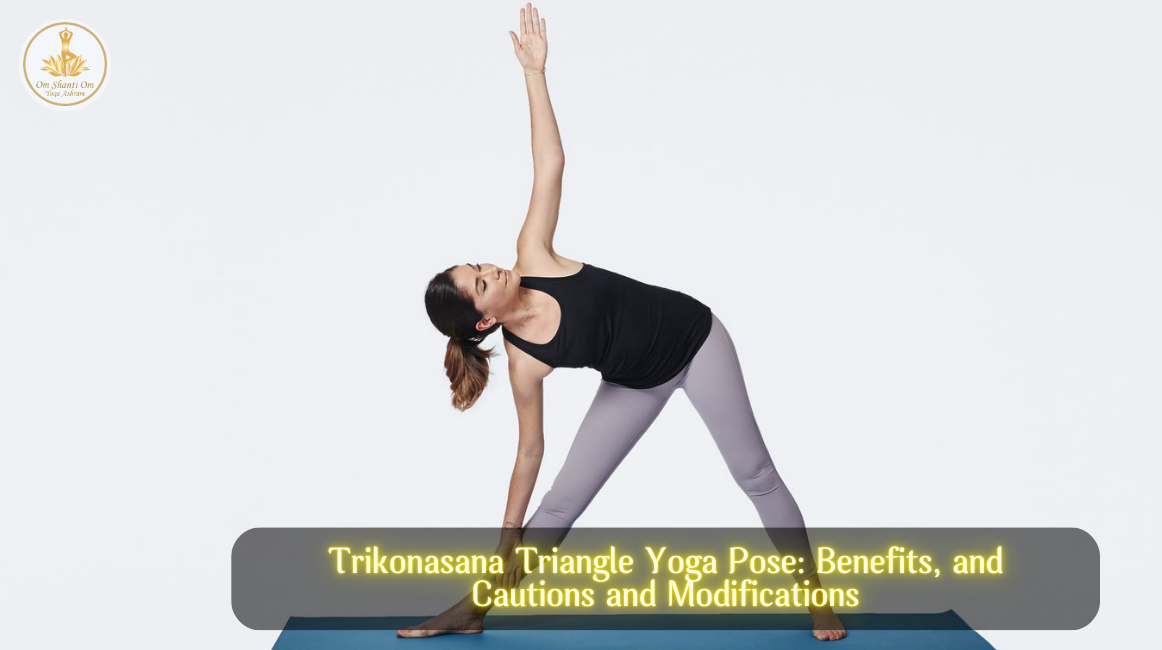


0 Comments
No comments yet. Be the first to comment!